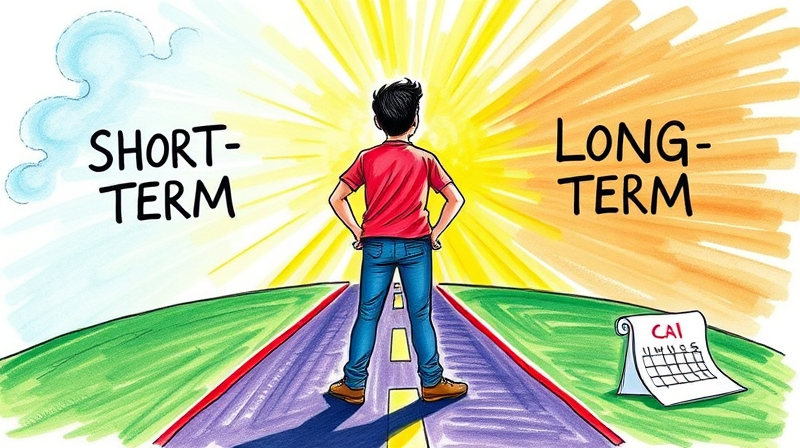
Estate planning can feel overwhelming, but with the right approach, you can significantly reduce the tax burden on heirs and preserve more of your legacy. This comprehensive guide will equip you with the essential insights and strategies for 2025 and beyond.
The federal estate, gift, and generation-skipping transfer (GST) tax rate remains at a maximum of 40% in 2025. Estates exceeding the exemption threshold pay rates between 18% and 40%, making strategic planning essential to protect your beneficiaries’ interests.
Federal estate tax applies to the transfer of assets at death. Currently, the individual exemption stands at $13.99 million, and married couples can shield up to $27.98 million. Without timely action, these thresholds will drop significantly in 2026, exposing many more estates to taxation.
Staying informed about exemption limits and gift exclusions is vital. The annual gift tax exclusion rose from $18,000 in 2024 to $19,000 per recipient in 2025, allowing individuals to transfer wealth tax-free each year.
*Projected unless Congress acts to extend current provisions.
One of the most straightforward techniques to reduce estate tax is to give assets away during your lifetime. By making annual gifts up to the exclusion limit, you can steadily chip away at your taxable estate without triggering gift taxes.
Key points to consider:
Acting before the 2026 sunset maximizes the benefit of higher exemptions, while regular gifting also fosters a tradition of giving within families.
Trusts are among the most powerful tools available for sophisticated estate planning. When properly structured, they can remove assets from your estate, reduce probate complications, and safeguard your wealth for future generations.
Common trust vehicles include:
By combining different trust types, you can tailor your plan to your unique objectives, balancing control, liquidity, and tax efficiency.
Unlimited transfers between U.S. citizen spouses, whether during life or at death, are free of estate taxes. This deferral tactic can be vital for married couples, though taxes will eventually apply after the second spouse’s passing.
Charitable giving offers dual benefits: supporting causes you care about while shrinking your taxable estate. Consider:
The scheduled reduction of the federal exemption to roughly $7 million per person after 2025 has major implications. Without intervention, many estates previously sheltered will become taxable. Proactive measures include:
• Accelerate lifetime gifts to lock in higher exclusions. • Fund irrevocable trusts before the deadline. • Consider “flip” strategies that convert revocable trusts to irrevocable when certain conditions are met.
Review and update your plan now, don’t wait until legislative changes occur. Early action creates certainty in an uncertain legal environment.
Estate planning sits at the intersection of tax law, financial strategy, and family dynamics. Engaging a skilled estate attorney and a qualified financial advisor ensures your plan is both legally sound and tailored to your goals.
When selecting professionals, look for experience in high-net-worth planning, familiarity with state and federal tax regimes, and a collaborative approach that includes your family members when appropriate.
By combining expert advice with disciplined execution, you can craft an estate plan that minimizes inheritance tax, maximizes asset preservation, and fulfills your legacy aspirations.
With the right strategies and timely action, you can protect your loved ones from unnecessary tax burdens and ensure that your wealth supports future generations as you intended.
References













